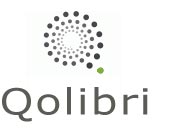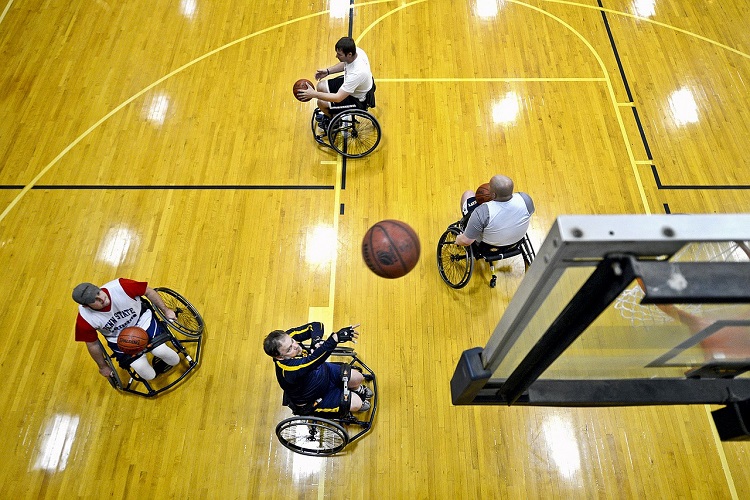Blog
Welcome to www.qolibrinet.com, online home of QOLIBRI.
What is the QOLIBRI?
The QOLIBRI (Quality of Life after Brain Injury) is the first instrument specifically developed to assess health-related quality of life (HRQoL) of individuals after traumatic brain injury. Disease or condition-specific HRQoL instruments are assumed to be more sensitive to particular health conditions and therefore give more focused and more precise information than generic ones. The QOLIBRI was developed by an international task force in two multi-language studies involving over 2000 persons after traumatic brain injury (TBI).
The QOLIBRI is a comprehensive questionnaire with 37 items covering six dimensions of HRQoL after TBI. The questionnaire provides a profile of quality of life together with a total score. It is easy to fill in, and can be completed in 7-10 minutes. It is suitable for use in clinical settings, research studies, and population surveys.
The QOLIBRI questionnaire is free to use for researchers and non-profit organisations. There is a charge for commercial use.
What is HRQOL?
The World Health Organization defines quality of life in a broad sense as:
“An individual’s perception of his/her position in life in the context of the culture and value systems in which he/she lives, and in relation to his/her goals, expectations, standards and concerns. It is a broad-ranging concept, incorporating in a complex way the person’s physical health, psychological state, level of independence, social relationships, and their relationship to salient features of their environment.” (WHOQoL Group, 1998).
Health-related quality of life refers specifically to the effects of illness or other health conditions on quality of life, and is a particularly important concept in chronic health conditions. The QOLIBRI is designed to capture changes in quality of life in areas commonly affected by brain injury. The development was guided by an HRQoL assessment model proposed by von Steinbüchel et al (2005a). Here HRQoL refers to a person’s perspective on his or her subjective health condition, functioning and wellbeing in the domains of physical, psychological (emotional and cognitive), social and daily life. The person is viewed as the best expert on his or her QoL. The measurement of this multi-dimensional concept is usually accomplished via self-rating, and only in cases of severe cognitive impairment is an observer rating considered.
Why use a TBI-specific HRQoL Instrument?
While generic instruments (e.g. the SF-36) have been used to assess HRQoL after TBI, these are not designed to cover areas of health typically affected by brain injury. A TBI-specific assessment of HRQoL has the potential to identify unexpected and/or particular consequences of injury. It can also detect the effects of interventions. The QOLIBRI measures physical, psychological, daily life and psychosocial changes typical of TBI.
The QOLIBRI has a number of potential uses. The subscale scores can be used separately, or can be combined to give a profile of quality of life. All item responses can also be summed to give a total score.
Applications include
- Measuring health improvement or decline.
- Following-up the consequences of TBI.
- Epidemiological studies monitoring QoL after TBI.
- Assessing treatment effectiveness.
- Improving patient – doctor communication.
- Increasing awareness of patients’ HRQoL among relatives and carers.







